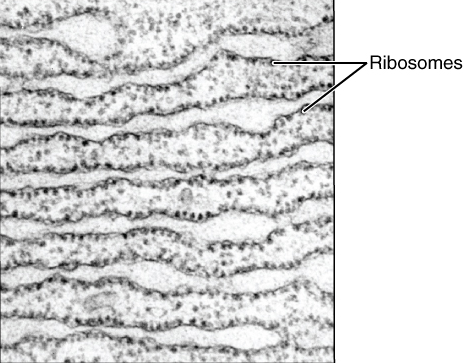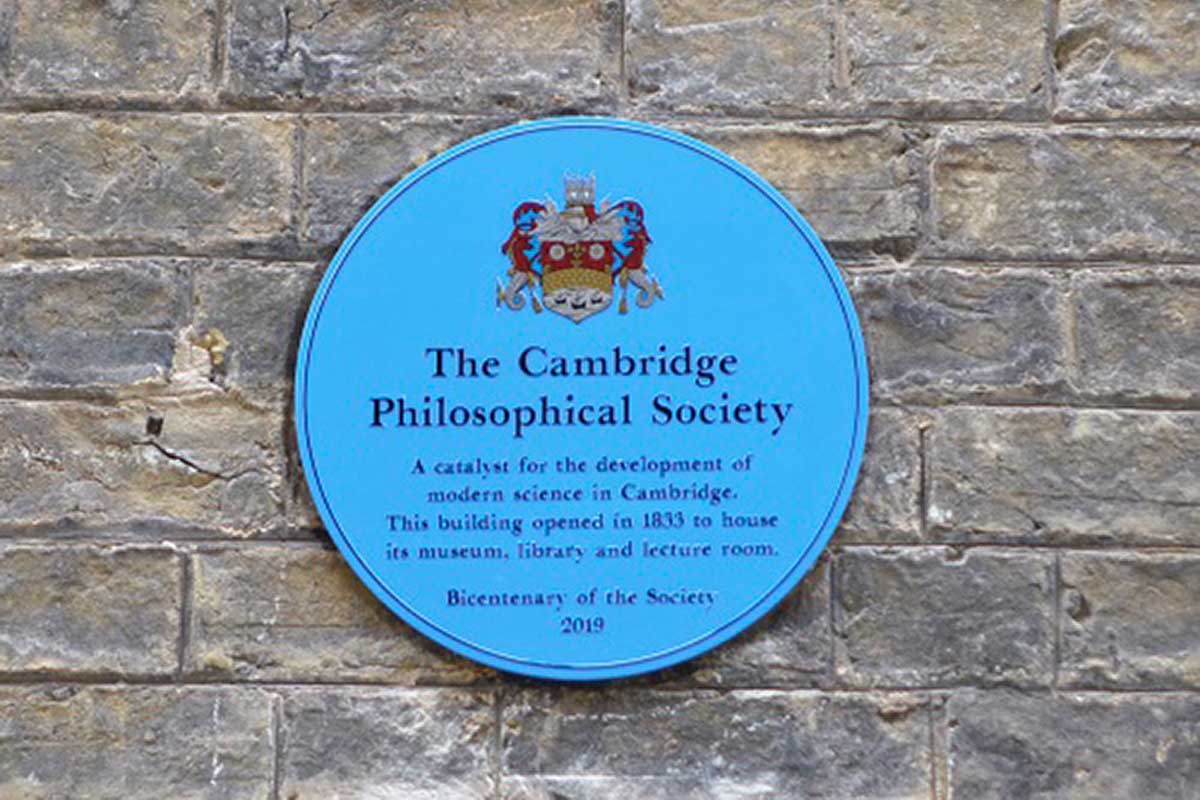|
Spitzenkörper
The Spitzenkörper (German for pointed body, SPK) is a structure found in fungal hyphae that is the organizing center for hyphal growth and morphogenesis. It consists of many small vesicles and is present in growing hyphal tips, during spore germination, and where branch formation occurs. Its position in the hyphal tip correlates with the direction of hyphal growth. The Spitzenkörper is a part of the endomembrane system in fungi. The vesicles are organized around a central area that contains a dense meshwork of microfilaments. Polysomes are often found closely to the posterior boundary of the Spitzenkörper core within the ''Ascomycota'', microtubules extend into and often through the Spitzenkörper and within the Ascomycota Woronin bodies are found in the apical region near the Spitzenkörper. The cytoplasm of the extreme apex is occupied almost exclusively by secretory vesicles. In the higher fungi (Ascomycota and Basidiomycota), secretory vesicles are arranged into a dense, s ... [...More Info...] [...Related Items...] OR: [Wikipedia] [Google] [Baidu] |
Hyphae
A hypha (; ) is a long, branching, filamentous structure of a fungus, oomycete, or actinobacterium. In most fungi, hyphae are the main mode of vegetative growth, and are collectively called a mycelium. Structure A hypha consists of one or more cells surrounded by a tubular cell wall. In most fungi, hyphae are divided into cells by internal cross-walls called "septa" (singular septum). Septa are usually perforated by pores large enough for ribosomes, mitochondria, and sometimes nuclei to flow between cells. The major structural polymer in fungal cell walls is typically chitin, in contrast to plants and oomycetes that have cellulosic cell walls. Some fungi have aseptate hyphae, meaning their hyphae are not partitioned by septa. Hyphae have an average diameter of 4–6 µm. Growth Hyphae grow at their tips. During tip growth, cell walls are extended by the external assembly and polymerization of cell wall components, and the internal production of new cell membrane. ... [...More Info...] [...Related Items...] OR: [Wikipedia] [Google] [Baidu] |
Endomembrane System
The endomembrane system is composed of the different membranes (endomembranes) that are suspended in the cytoplasm within a eukaryotic cell. These membranes divide the cell into functional and structural compartments, or organelles. In eukaryotes the organelles of the endomembrane system include: the nuclear membrane, the endoplasmic reticulum, the Golgi apparatus, lysosomes, vesicles, endosomes, and plasma (cell) membrane among others. The system is defined more accurately as the set of membranes that forms a single functional and developmental unit, either being connected directly, or exchanging material through vesicle transport. Importantly, the endomembrane system does not include the membranes of plastids or mitochondria, but might have evolved partially from the actions of the latter (see below). The nuclear membrane contains a lipid bilayer that encompasses the contents of the nucleus. The endoplasmic reticulum (ER) is a synthesis and transport organelle that branches int ... [...More Info...] [...Related Items...] OR: [Wikipedia] [Google] [Baidu] |
Vesicle (biology)
In cell biology, a vesicle is a structure within or outside a cell, consisting of liquid or cytoplasm enclosed by a lipid bilayer. Vesicles form naturally during the processes of secretion (exocytosis), uptake (endocytosis) and transport of materials within the plasma membrane. Alternatively, they may be prepared artificially, in which case they are called liposomes (not to be confused with lysosomes). If there is only one phospholipid bilayer, the vesicles are called ''unilamellar liposomes''; otherwise they are called ''multilamellar liposomes''. The membrane enclosing the vesicle is also a lamellar phase, similar to that of the plasma membrane, and intracellular vesicles can fuse with the plasma membrane to release their contents outside the cell. Vesicles can also fuse with other organelles within the cell. A vesicle released from the cell is known as an extracellular vesicle. Vesicles perform a variety of functions. Because it is separated from the cytosol, the inside of th ... [...More Info...] [...Related Items...] OR: [Wikipedia] [Google] [Baidu] |
Wiley Publishing
John Wiley & Sons, Inc., commonly known as Wiley (), is an American multinational publishing company founded in 1807 that focuses on academic publishing and instructional materials. The company produces books, journals, and encyclopedias, in print and electronically, as well as online products and services, training materials, and educational materials for undergraduate, graduate, and continuing education students. History The company was established in 1807 when Charles Wiley opened a print shop in Manhattan. The company was the publisher of 19th century American literary figures like James Fenimore Cooper, Washington Irving, Herman Melville, and Edgar Allan Poe, as well as of legal, religious, and other non-fiction titles. The firm took its current name in 1865. Wiley later shifted its focus to scientific, technical, and engineering subject areas, abandoning its literary interests. Wiley's son John (born in Flatbush, New York, October 4, 1808; died in East Orange, New Jers ... [...More Info...] [...Related Items...] OR: [Wikipedia] [Google] [Baidu] |
Springer Publishing
Springer Publishing Company is an American publishing company of academic journals and books, focusing on the fields of nursing, gerontology, psychology, social work, counseling, public health, and rehabilitation (neuropsychology). It was established in 1951 by Bernhard Springer, a great-grandson of Julius Springer, and is based in Midtown Manhattan, New York City. History Springer Publishing Company was founded in 1950 by Bernhard Springer, the Berlin-born great-grandson of Julius Springer, who founded Springer-Verlag (now Springer Science+Business Media). Springer Publishing's first landmark publications included ''Livestock Health Encyclopedia'' by R. Seiden and the 1952 ''Handbook of Cardiology for Nurses''. The company's books soon branched into other fields, including medicine and psychology. Nursing publications grew rapidly in number, as Modell's ''Drugs in Current Use'', a small annual paperback, sold over 150,000 copies over several editions. Solomon Garb's ''Labor ... [...More Info...] [...Related Items...] OR: [Wikipedia] [Google] [Baidu] |
Berlin
Berlin ( , ) is the capital and largest city of Germany by both area and population. Its 3.7 million inhabitants make it the European Union's most populous city, according to population within city limits. One of Germany's sixteen constituent states, Berlin is surrounded by the State of Brandenburg and contiguous with Potsdam, Brandenburg's capital. Berlin's urban area, which has a population of around 4.5 million, is the second most populous urban area in Germany after the Ruhr. The Berlin-Brandenburg capital region has around 6.2 million inhabitants and is Germany's third-largest metropolitan region after the Rhine-Ruhr and Rhine-Main regions. Berlin straddles the banks of the Spree, which flows into the Havel (a tributary of the Elbe) in the western borough of Spandau. Among the city's main topographical features are the many lakes in the western and southeastern boroughs formed by the Spree, Havel and Dahme, the largest of which is Lake Müggelsee. Due to its l ... [...More Info...] [...Related Items...] OR: [Wikipedia] [Google] [Baidu] |
Biological Reviews Of The Cambridge Philosophical Society
The Cambridge Philosophical Society (CPS) is a scientific society at the University of Cambridge. It was founded in 1819. The name derives from the medieval use of the word philosophy to denote any research undertaken outside the fields of law, theology and medicine. The society was granted a royal charter by King William IV in 1832. The society is governed by an elected council of senior academics, which is chaired by the Society's President, according to a set of statutes. The society has published several scientific journals, including ''Biological Reviews'' (established 1926) and ''Mathematical Proceedings of the Cambridge Philosophical Society'' (formerly entitled ''Proceedings of the Cambridge Philosophical Society'', published since 1843). ''Transactions of the Cambridge Philosophical Society'' was published between 1821–1928, but was then discontinued. History The society was founded in 1819 by Edward Clarke, Adam Sedgwick and John Stevens Henslow, and is Cambrid ... [...More Info...] [...Related Items...] OR: [Wikipedia] [Google] [Baidu] |
Cambridge Philosophical Society
The Cambridge Philosophical Society (CPS) is a scientific society at the University of Cambridge. It was founded in 1819. The name derives from the medieval use of the word philosophy to denote any research undertaken outside the fields of law, theology and medicine. The society was granted a royal charter by King William IV in 1832. The society is governed by an elected council of senior academics, which is chaired by the Society's President, according to a set of statutes. The society has published several scientific journals, including ''Biological Reviews'' (established 1926) and ''Mathematical Proceedings of the Cambridge Philosophical Society'' (formerly entitled ''Proceedings of the Cambridge Philosophical Society'', published since 1843). ''Transactions of the Cambridge Philosophical Society'' was published between 1821–1928, but was then discontinued. History The society was founded in 1819 by Edward Clarke, Adam Sedgwick and John Stevens Henslow, and is Cambri ... [...More Info...] [...Related Items...] OR: [Wikipedia] [Google] [Baidu] |
Annual Review Of Microbiology
The ''Annual Review of Microbiology'' is a peer-reviewed academic journal that publishes review articles about microbiology. It was first published in 1947 as the third journal title released by Annual Reviews. It covers significant developments in the field of microbiology, including the study of bacteria, archaea, viruses, and unicellular eukaryotes. As of 2020, it has had four editors, with Charles E. Clifton and L. Nicholas Ornston serving more than twenty years each. The current editor is Susan Gottesman. History The ''Annual Review of Microbiology'' was first published in 1947, the third journal title released by the publishing company Annual Reviews, following titles in biochemistry and physiology. Its first editor was Charles E. Clifton. From 1956 to 1958, Pierre Grabar provided a summary of the microbiologic literature appearing in the Russian language through a partnership with the National Science Foundation. This was no longer necessary as abstracts became incr ... [...More Info...] [...Related Items...] OR: [Wikipedia] [Google] [Baidu] |
Allomyces
''Allomyces'' is a genus of fungi in the family Blastocladiaceae. It was circumscribed by British mycologist Edwin John Butler in 1911. Species in the genus have a polycentric thallus and reproduce sexually or asexually by zoospores that have a whiplash-like flagella. They are mostly isolated from soils in tropical countries, commonly in ponds, rice fields, and slow-moving rivers. Morphology ''Allomyces'' thalli consist of a cylindrical trunk-like basal cell that gives rise to well-developed, highly branched rhizoids that anchor the thallus to the substrate. The trunk-like basal cell also gives rise to numerous dichotomously branched side branches that terminate as either resistant sporangia, zoosporangia, or gametangia depending on the life cycle stage. Septa are sometimes present, especially at the base of reproductive organs. Life cycle and mating There are three distinct life cycles in ''Allomyces'', and some authors delineate the subgenera ''Euallomyces'', ''Cystogenes ... [...More Info...] [...Related Items...] OR: [Wikipedia] [Google] [Baidu] |
Blastocladiomycota
Blastocladiomycota is one of the currently recognized phyla within the kingdom Fungi.Hibbett DS et al. 2007. A higher-level phylogenetic classification of the fungi. Mycological Research 111:509–47. Blastocladiomycota was originally the order Blastocladiales within the phylum Chytridiomycota until molecular and zoospore ultrastructural characters were used to demonstrate it was not monophyletic with Chytridiomycota. The order was first erected by Petersen for a single genus, ''Blastocladia'', which was originally considered a member of the oomycetes.Sparrow FK. 1960. Aquatic phycomycetes. 2nd ed. Ann Arbor, Michigan: University of Michigan Press. Accordingly, members of Blastocladiomycota are often referred to colloquially as "chytrids." However, some feel "chytrid" should refer only to members of Chytridiomycota.Alexopoulos CJ, Mims CW, Blackwell M. 1996. Introductory Mycology. 4th edition. John Wiley & Sons, Inc. Thus, members of Blastocladiomyota are commonly called "blastocl ... [...More Info...] [...Related Items...] OR: [Wikipedia] [Google] [Baidu] |








